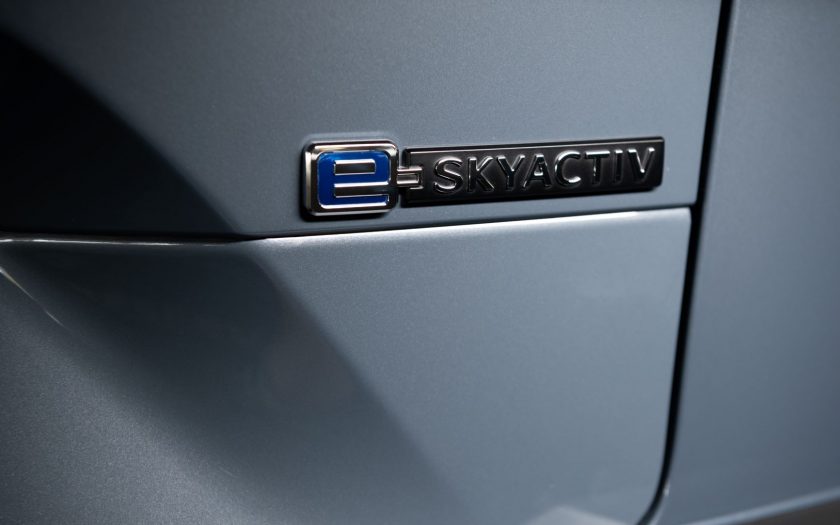JUDGING FROM THE QUESTIONS we get from seniordriver readers, there is a lot of confusion about the various terms used to describe electric vehicles, and how different EVs differ from each other.
As always with new technology, buzzwords, jargon and often incomprehensible new terms are being coined all the time, and it can be difficult to keep up.
But if you’re even thinking about changing to electric power, it’s vitally important you understand what they all mean, and what differentiates one EV from another.
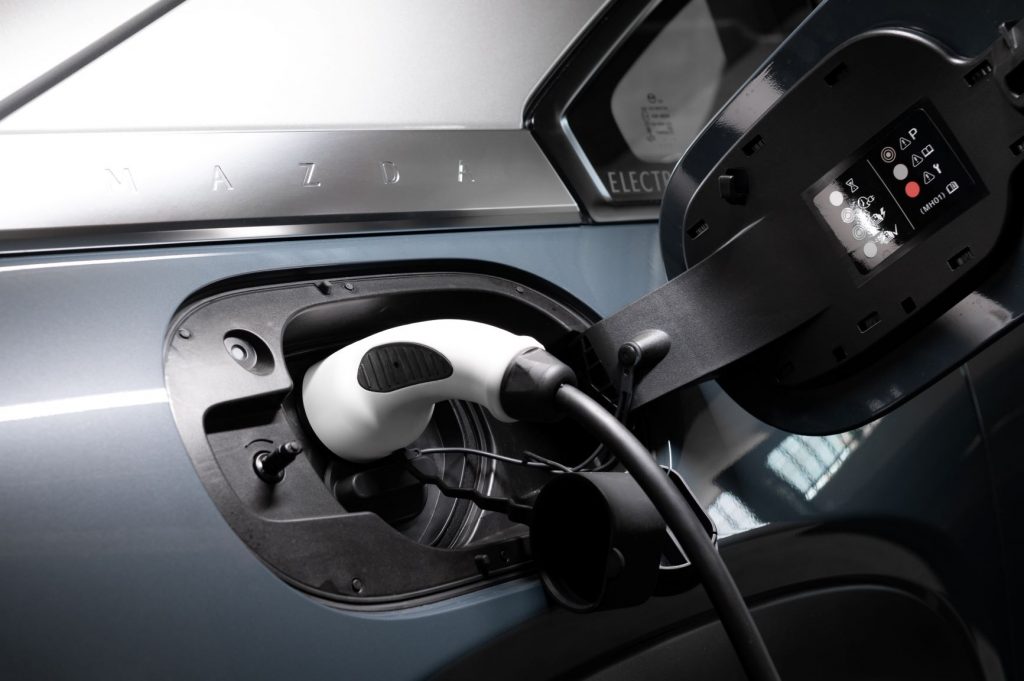
What is an EV?
An electric vehicle (EV), also known as a Battery Electric Vehicle (BEV), runs on electricity.
It must be charged from a power point in the wall or at a specialty charging station, instead of filling it up with petrol.
An EV’s battery can be charged in as little as 10 minutes at a rapid charging station or at a much slower rate (up to several hours) from a standard wall socket.
The most obvious difference between EVs and other vehicles is they don’t have an exhaust pipe.
This is because the battery powers the car’s motor instead of an internal combustion engine.
EVs are popular with environmentalists because they don’t emit greenhouse gases, which contribute to climate change. They also create less noise pollution because they are quieter.
They are also automatic — nearly all the EVs on the market don’t have a gearbox.
According to the latest data, about 8688 EVs were sold in Australia between January and June, plus a further 1440 plug-in hybrids (PHEVs). This means EVs account for about 1.57 percent of the new car market, up from the 0.78 percent in 2020.
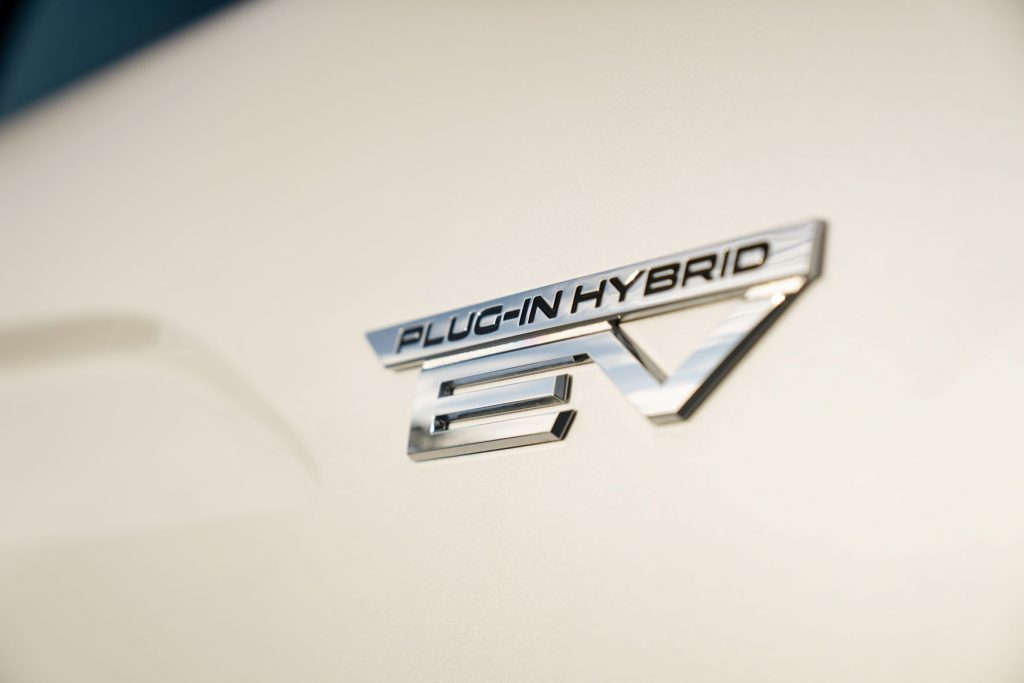
What is a hybrid car?
A hybrid car uses both electricity and fuel to power its motor.
There are two main types of hybrid vehicle: plug-in electric vehicles (PHEVs) and hybrid electric vehicles (HEVs).
Plug-in hybrids have both a fuel tank and a rechargeable battery, which you can charge by plugging it into a power source.
A plug-in hybrid will run on electricity until its battery is nearly out of charge, then switch over to its internal combustion engine, overcoming the problem of “range anxiety” – the fear of running out of battery power – because once the battery is exhausted, the ICE takes over and extends the range by as much as 800km, depending on the size of the petrol tank. Most PHEVs have a range of between 40 and 80km on pure electric power, meaning they can handle the average Australian daily commute.
When in electric mode, a plug-in hybrid is like an EV: it won’t emit greenhouse gases and it will be quieter.
A downside of PHEVs is that they require a bigger battery, making them heavier and less fuel-efficient.
But when a PHEV switches to internal combustion mode, it will run like a traditional car and emit greenhouse gases.
HEVs run on both electricity and fuel but they cannot be plugged in to charge — they only have a fuel tank.
Instead, the internal combustion engine charges the HEV’s battery while the car is driving.
Both plug-in hybrids and HEVs have the ability to charge their battery as they brake, which is known as regenerative braking.
There are also mild hybrid electric vehicles (MHEVs), which use a battery to help the internal combustion engine to perform better but cannot run on electricity alone.
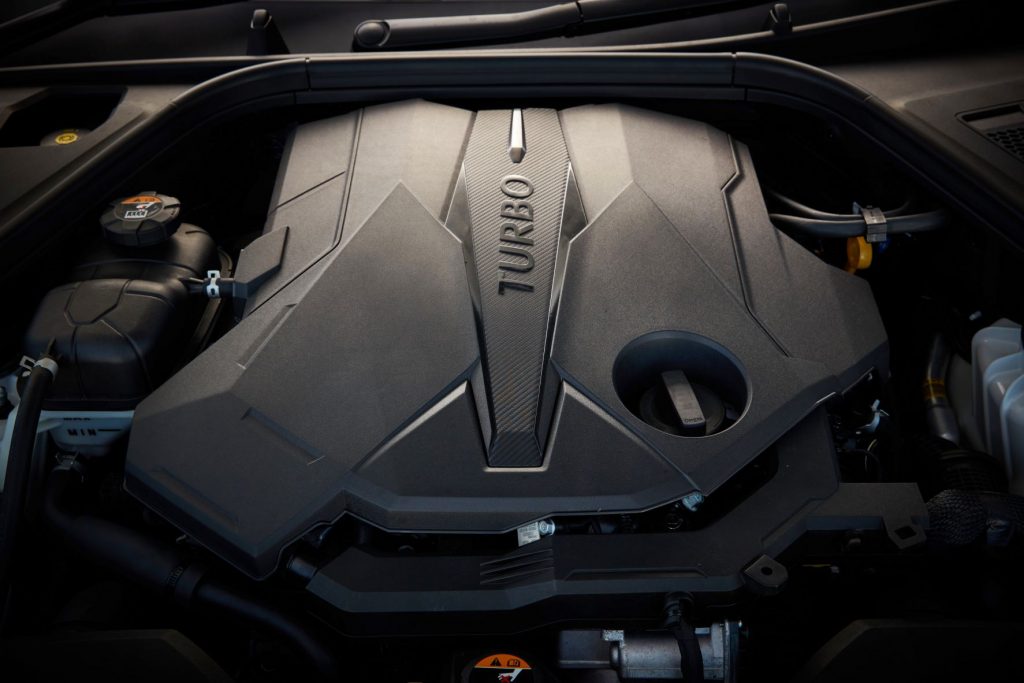
What is an internal combustion engine?
An internal combustion engine burns fossil fuels, like petrol or diesel, to power a car’s motor.
It mixes the fuel with air to create a contained explosion, which drives the parts of the engine that move the wheels.
This process emits greenhouse gases that contribute to climate change, and that’s why many people want to see them phased out.
Internal combustion engines are used in almost every type of motorised transport – planes, trains, boats, motorbikes, buses, trucks, jet skis.
They are also found in machines like chainsaws, lawnmowers and power generators.
Internal combustion engines were crucial to technological advancements in the 19th and 20th centuries, but they cause significant air and noise pollution.
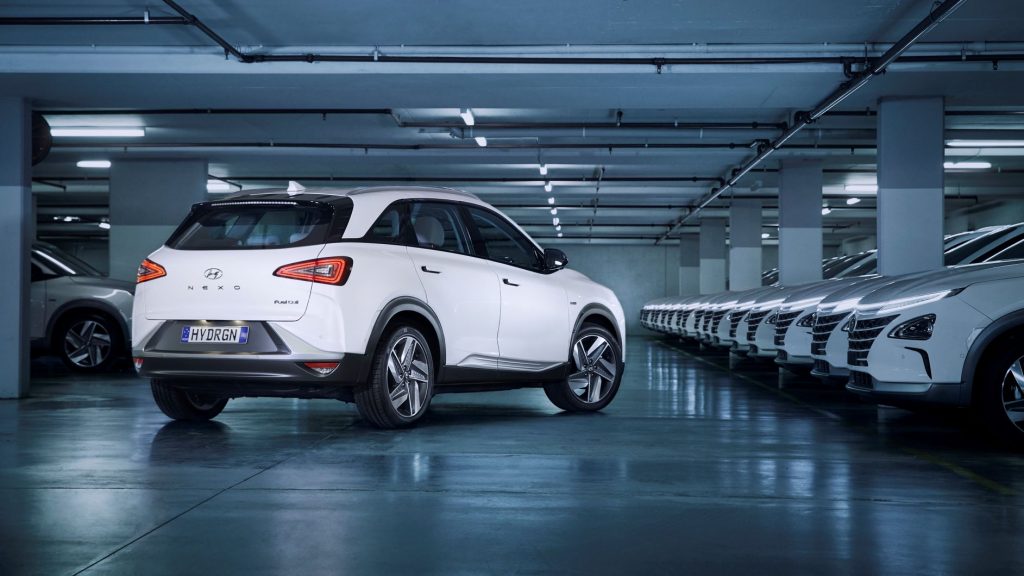
What is a hydrogen car?
A hydrogen car, also known as a fuel cell electric vehicle (FCEV), is a fully electric car that runs on hydrogen.
From the outside it can look like any other non-electric car – you fill up the fuel tank and there’s an exhaust pipe.
But inside, the hydrogen mixes with air to create electrical energy that powers the motor.
Hydrogen cars don’t emit CO2, and the only thing that comes out of the exhaust is water.
Water vapour is a greenhouse gas. It absorbs heat in the atmosphere that is radiated from the Earth’s surface.
However, unlike gases such as CO2, the atmosphere’s carrying capacity of water vapour increases and decreases as temperature fluctuates, and adding more vapour to the atmosphere from, for instance, the exhaust pipe of a hydrogen vehicle, does not change this carrying capacity.
Hydrogen cars are also quieter because they don’t have an internal combustion engine.
Hydrogen vehicles can travel further than electric vehicles but can only fill up at hydrogen refuelling stations and as yet, there are very few of these in operation.
This makes them well-suited to network transport like buses and long-haul trucks where the distances and routes they have to travel can be predicted.
